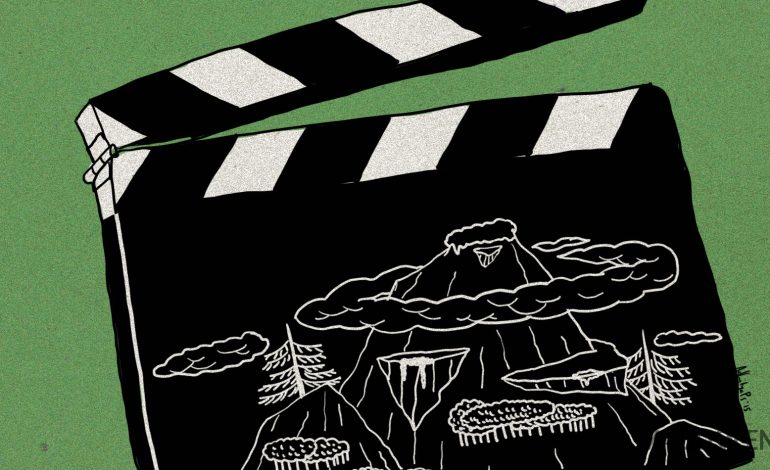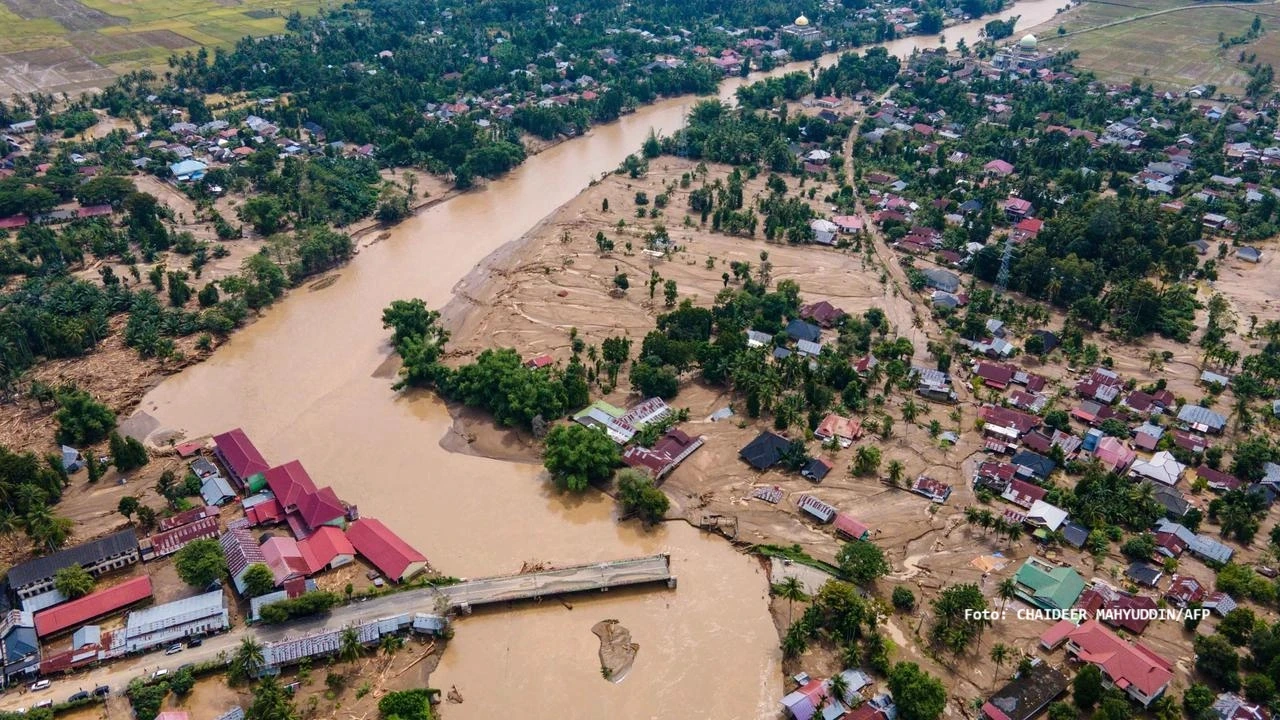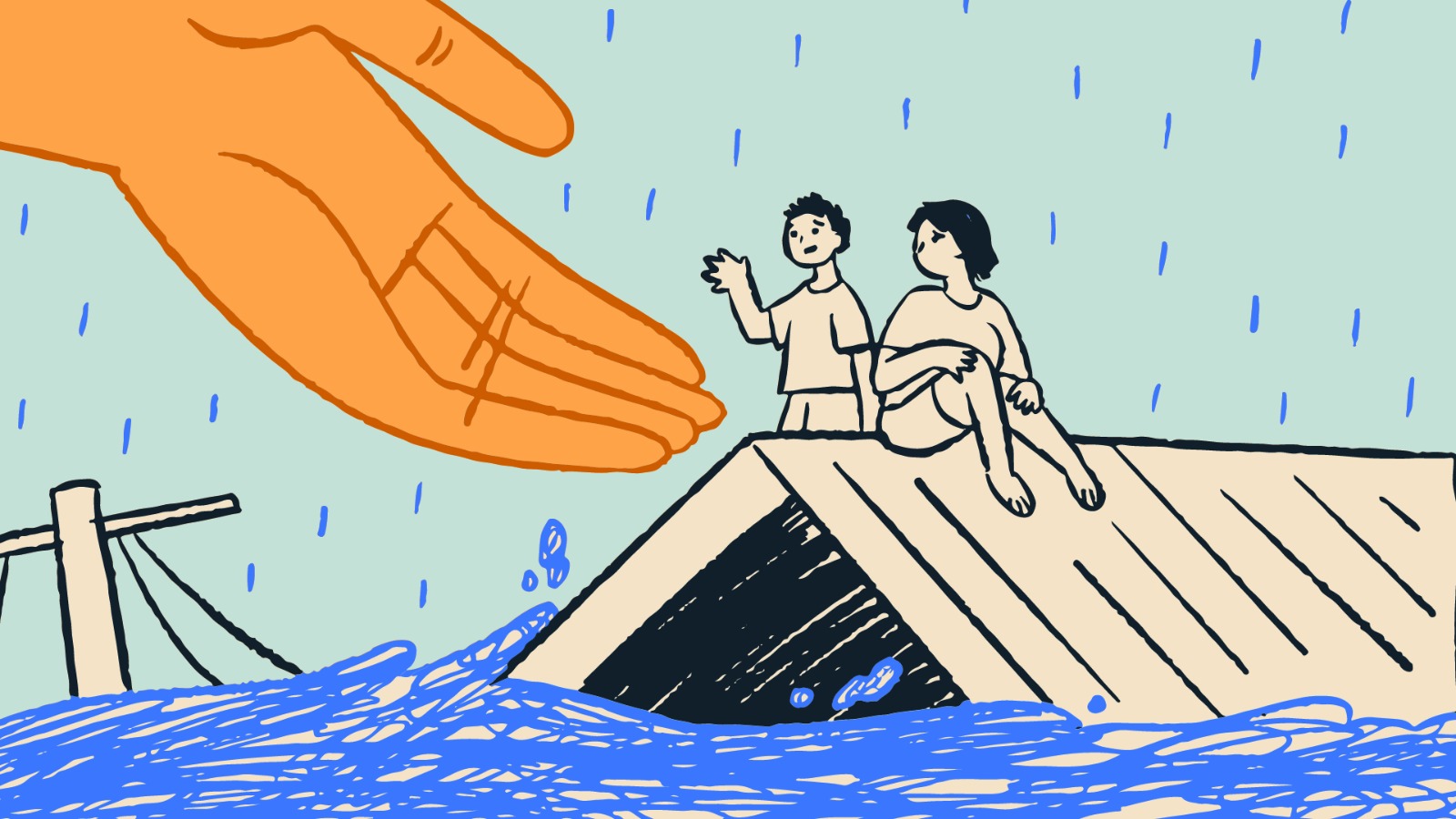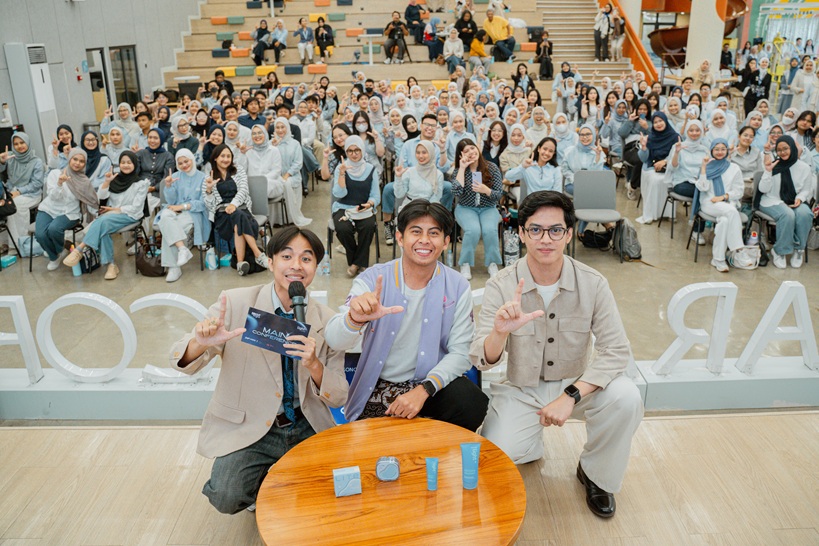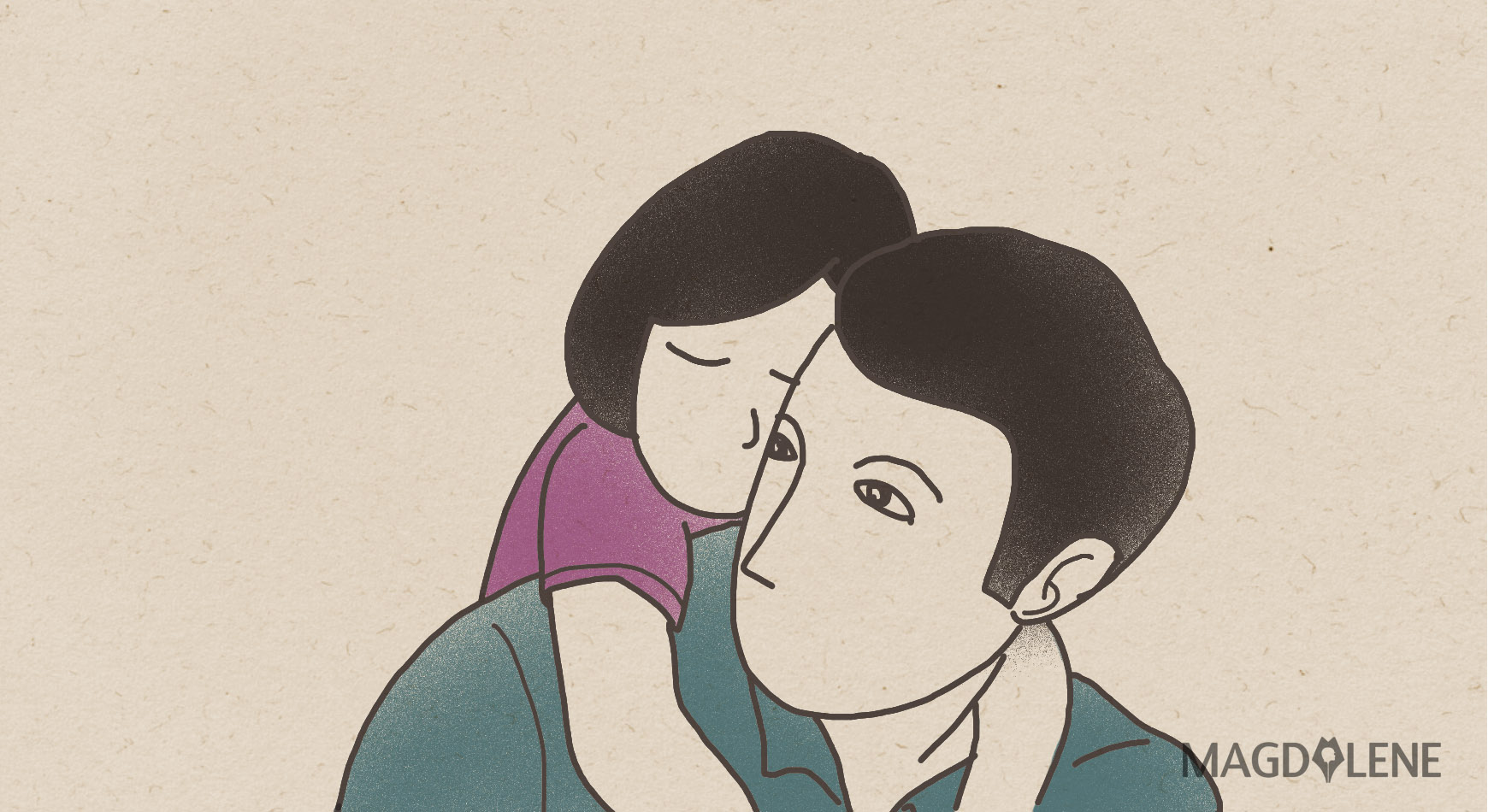Female Athletes Struggle Against Inequality and Stereotypes
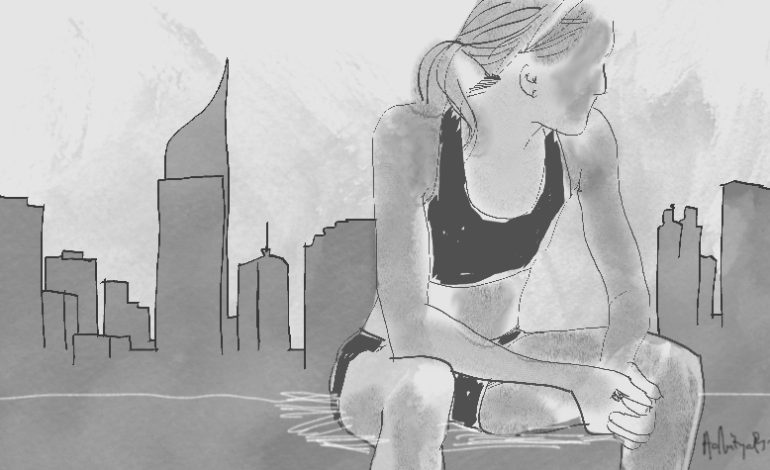
Sports could be an excellent vehicle to promote social inclusion of women and girls, but in reality, women’s sports still lag behind at all levels.
“When we talk about the inclusive nature of sports, we have to be honest. Sports have not always been inclusive,” said Irakli Khodeli, Head of Social and Human Sciences Unit at United Nations Educational and Cultural Organization (UNESCO) during a discussion about women, sports and social Inclusion organized by the Irish Embassy in Jakarta, March 18th.
Khodeli explained that of the 100 world’s top paid athletes, Serena Williams is the only woman to make the list. In football, women have not benefited from this popular sport. The 2015 women’s World Cup winning team received US$ 2 million, compared to US$ 35 million received by the men’s winning team in 2014.
Coverage of women’s sports is also still lacking. In the United States, women’s sports make up only 4 percent of all sports coverage. In France, women’s sports only receive 1 percent of all French TV sports programming.
In Indonesia, TV stations only broadcast popular sports, mainly badminton and men’s football.
“Indonesia has always won medals in the Olympic Games since 2000, but the first one who won a medal was woman weightlifter Lisa Rumbewas. She was the only one who participated in three Olympic Games and won three medals,” explained Alamsyah Wijaya, Head of Development of Achievement of Indonesian Weightlifting Federation.
Despite the women’s weightlifters’ triumphs at the Olympics, weightlifting is not a popular sport.
“Indonesia always brings home medals in weightlifting. But how many people know about it? People only talk about badminton, although it is in decline, especially women’s badminton. Still, the government primarily focuses on it,” said Ratna Irsana, Director of Media and Public Relation of Indonesia Asian Games 2018 Organizing Committee (INASGOC).
Irsana also added that for some reasons, TV station tends to broadcast women’s beach volleyball than women’s weightlifting or fencing. Khodeli responded that there should be a clause that requires a TV station that buys broadcasting rights to men’s sports to also buy the rights to women’s sports. But this might be hard to implement. TV stations actually buys full broadcasting rights, but the decision to broadcast certain sports is at their own discretion, Irsana said.
Physical Stereotyping in Sports
Physical stereotyping is deeply rooted in sports such as rugby.
“When I was a kid, I was always told that there’s no place for women in rugby,” said Jess Djamhoer, Chairwoman of Jakarta Komodos Junior Rugby Club. Growing up in Wales, UK, Djamhoer is passionate about this sport. “Women’s rugby are no different than men’s rugby. That’s what we teach to the kids in junior club. We teach everyone that boys and girls can play together (in a training). I’m very happy to say that Indonesia doesn’t only have a male rugby national team but also female.”
However, many parents are worried about the physical aspect of rugby, especially when it comes to their daughter. “The injury caused by contacts in the last season of girl’s tournament was zero. But I think this is the perception of rugby itself. In Indonesia, especially, parents prefer their daughters to practice more feminine sports. I am trying to teach people that (a girl) is no less feminine just because she does this kind of sport,” she said.
Khodeli revealed his own experience regarding scientific fallacies of certain sports based on their physical characteristic.
“I can talk about it because I started in a basketball team as the tallest guy. But I never liked basketball; I was really bad at it. But because I was tall, I was immediately marked for playing basketball. Nobody really asked me if I wanted to play tennis or swimming. We have to move away from that fallacy,” he said.

